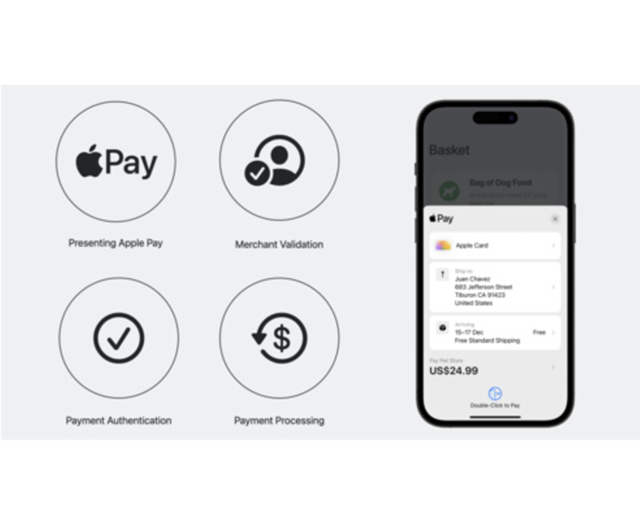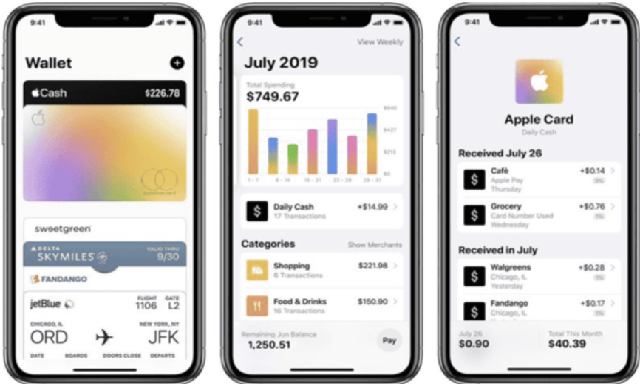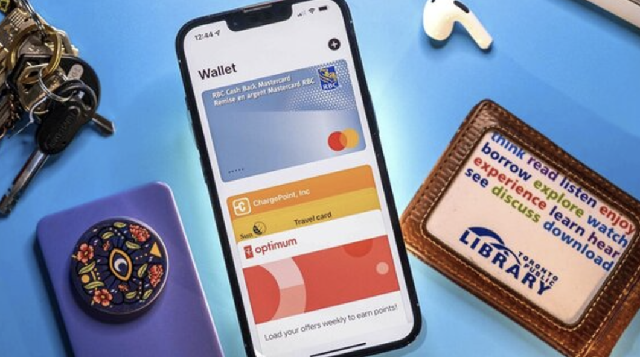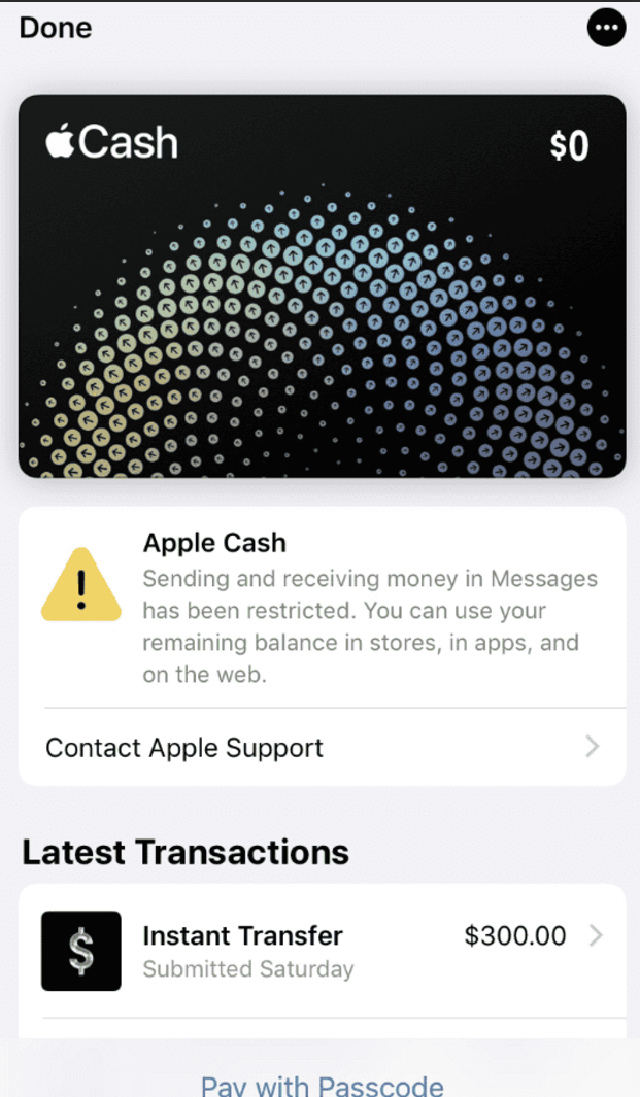Are there any Apple Pay international fees?
As Apple Pay offers a seamless, borderless payment service, Apple Pay international fees have been the major concern of Apple users worldwide. In this article, we will explain everything you need to know about Apple Pay international fees and how to avoid these fees.
Does Apple Pay charge international fees?
Let’s dive right in the question: Does Apple Pay charge international fees? The answer is no. In fact, Apple Pay does not apply any foreign transaction fees when you make a mobile payment using its service.
Apple Pay is available in many countries, allowing you to make purchases without the need for physical cards. No matter if you’re shopping in stores or online, or within apps, Apple Pay is supported, making it a convenient option for frequent travelers or international shoppers.
When you use Apple Pay abroad, the service handles transactions in multiple currencies, automatically converting the amount based on the current exchange rates without charging any additional foreign transaction fees.
Are there any additional Apple Pay international fees?
Although Apple Pay doesn’t charge any fees for international transactions, fees for using Apple Pay abroad also depend on your card issuer and banks, not Apple itself. These include the foreign transaction fees, currency conversion fees, and ATM withdrawal fees.

Foreign Transaction Fees
The bank or card issuer connected to your Apple Pay account may charge foreign transaction fees based on their specific policies. These fees usually fall between 1% and 3% of the purchase amount. It's advisable to confirm with your bank or credit card provider whether they will apply foreign transaction fees for transactions made via Apple Pay.
Currency conversion fees
Again, currency conversion fees are typically charged by your bank or card issuer when you make a purchase in a foreign currency. Currency conversion fees can vary significantly, typically ranging from 1% to 3% of the transaction amount.
It's essential to be aware that while Apple Pay itself does not impose these fees, the financial institutions that process your payments may. To avoid any surprises, it’s best to check with your bank or credit card company about their policies regarding currency conversion fees when using Apple Pay for purchases abroad.
Be sure to check out this article: How does Apple Pay work? Everything you need to know
ATM Withdrawal Fees
With contactless and cardless ATMs available, Apple Pay now can enable to to withdraw cash anywhere worldwide. Nevertheless, international withdrawal comes with additional fees, as you will still be responsible for any fees charged by your card issuer or the ATM operator.
The fees vary with different ATM operators, with them being typically displayed on the screen during the transaction. This allows you to decide whether the fees are acceptable and hence make your withdrawal. If you use a credit card for a cash withdrawal with Apple Pay, be aware that a cash advance fee may apply, which can significantly increase your costs.
How to avoid Apple Pay international fees?
Take a look at the following strategies that you can employ to minimize or completely avoid these fees, ensuring that your international transactions remain cost-effective.

Opt for a no-fee card
To cover the needs of travelers, many banks and financial institutions provide credit or debit cards which do not impose foreign transaction fees on purchases made abroad. These cards can significantly reduce the costs associated with international transactions.
There might be numerous cards for your options, but it’s essential to compare the features and benefits of different options, such as rewards programs, interest rates, and customer service support. Keep in mind that some banks even offer travel insurance or purchase protection entailed with the card. If you opt for such no-fee cards, you can seamlessly use Apple Pay for international transactions.
Don't miss: Apple Pay ATM: All you need to know
Watch out for currency rates and ATM fees
For most of the time, Apple Pay don’t charge you anything, but your card issuers do. Therefore, before making any purchase, make sure that the currency conversion rates are favorable. Some merchants allow you to pay in your home currency, which may come with additional fees. Choose to pay in the local currency to avoid these extra charges.
As for ATM withdrawal, remember that ATM fees that may apply. Before making the transaction, pay attention to any notices on the screen about the fees. It’s also wise to withdraw larger sums of cash at once, rather than making multiple smaller withdrawals, as this can minimize the number of fees incurred. If you don’t want any ATM fees, make sure you bring enough cash with you.
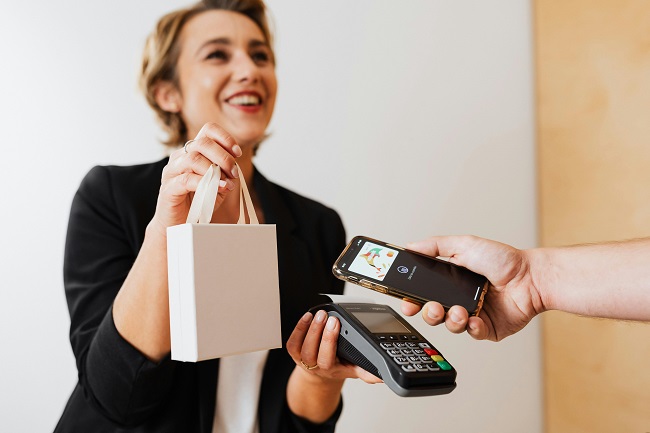
Use Local Payment Options
Using local payment options may be a smart strategy to minimize the Apple Pay transaction fees. By setting up local payment methods that are widely accepted in the country you're visiting, you are now entitled to seamless transactions without incurring additional charges.
Contact Your Bank
Before you travel, it’s best that you reach out to your bank to enquire for any available plans and ask for specific terms on Apple Pay international fees. They may have suggestions or options to help you avoid unnecessary charges.
If there’s no alternative option for your old plans, make sure that you are familiar with the card issuer’s policies on foreign transactions and potential fees that may apply. Ask yourself whether the fees are way out of your budget, and hence prepare enough cash for your trip.
In conclusion, while Apple Pay doesn’t charge in-app fees, it’s essential to consider the potential international fees, including foreign transaction, currency conversion, and ATM fees. To avoid extra charges when traveling, opt for a no-fee card, use local payment options, and stay informed about potential fees. By being proactive and informed, you can enjoy the convenience of Apple Pay without worrying about Apple Pay international fees.

